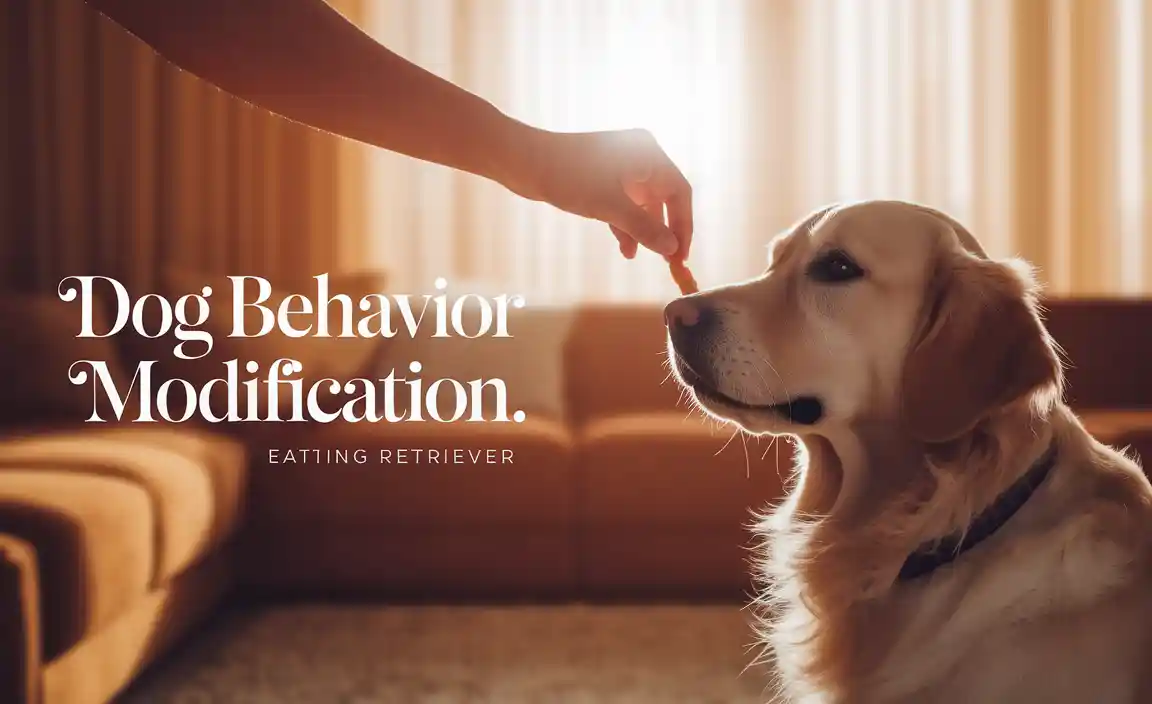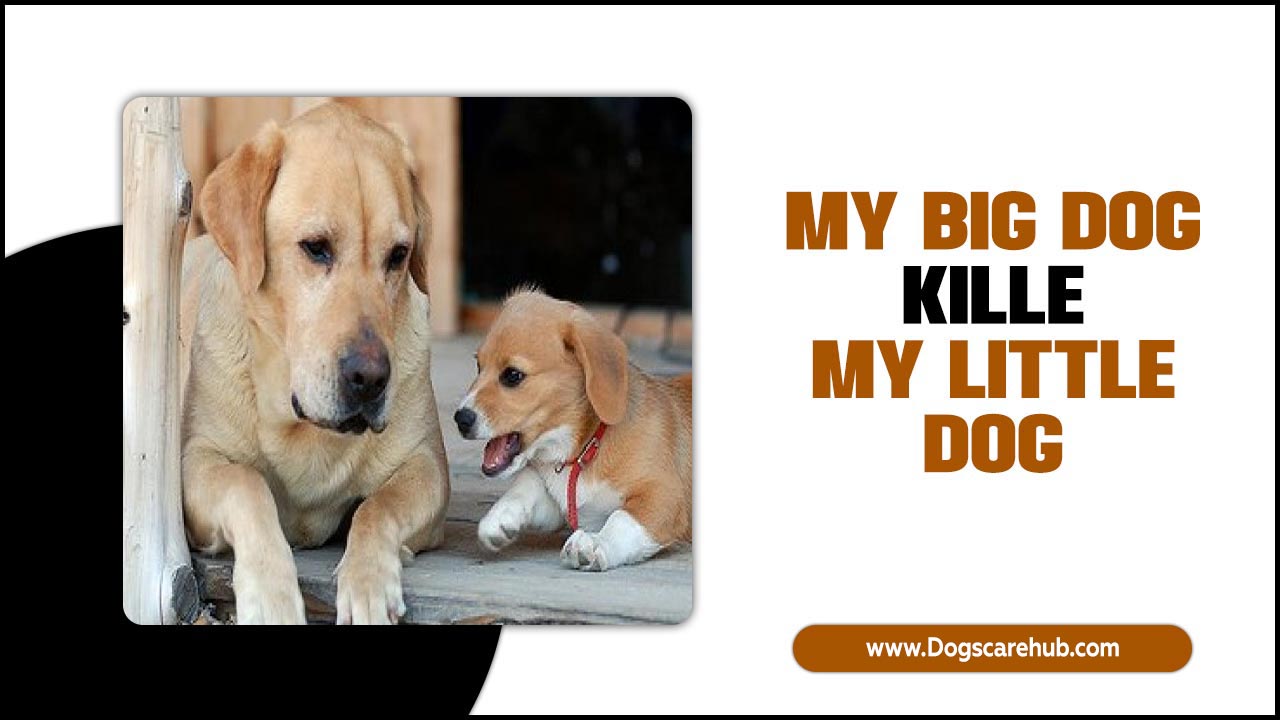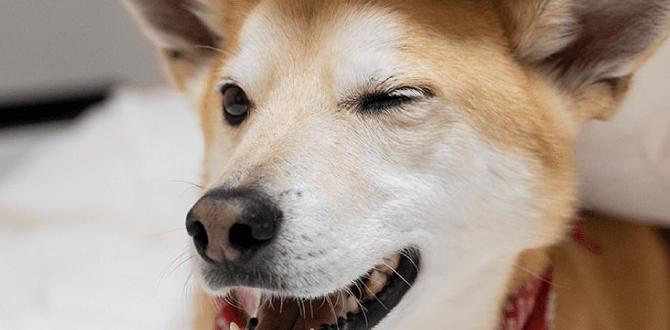Effortless dog behavior modification techniques are not magic, but rather a systematic approach to understanding and shaping your canine companion’s actions. This process is about building a strong, trusting relationship with your dog, leveraging their natural instincts, and employing science-backed methods to address unwanted behaviors. While “effortless” implies ease, it’s crucial to understand that consistency, patience, and a genuine desire to learn about your dog are the true keys to unlocking these more fluid and effective results.
The journey to modifying your dog’s behavior begins with a fundamental understanding of why they act the way they do. Dogs, like all animals, are driven by instinct, learned associations, and their environment. Barks of excitement, nipping during play, or a shy retreat from strangers all have underlying reasons. Effective behavior modification doesn’t aim to suppress these natural drives but to redirect them toward more socially acceptable and desirable outlets. For instance, instead of punishing a dog for barking at the mail carrier, we can teach them an alternative behavior, like going to their mat when the doorbell rings.

Understanding the Pillars of Dog Behavior Modification Techniques
At the core of successful dog behavior modification techniques lie a few fundamental principles. Positive reinforcement is paramount. This involves rewarding your dog for exhibiting the desired behavior, making it more likely to occur again. Rewards can be anything your dog values – a tasty treat, enthusiastic praise, a favorite toy, or even a good scratch behind the ears. The emphasis is on building positive associations and strengthening the bond between you and your pet.
Another crucial element is understanding and managing the dog’s environment. If your dog consistently gets overly excited and barks at passersby from the window, one simple modification is to block their view of the street when you’re not actively training. This isn’t about denying them stimulation but about preventing the rehearsal of unwanted behaviors, which can solidify them over time. Management reduces the opportunities for the dog to practice what you don’t want, allowing you to have more successful training sessions.
Furthermore, timing is everything. When applying positive reinforcement, the reward must be delivered immediately after the desired behavior occurs. This helps your dog clearly connect their action with the positive outcome. Similarly, if you need to interrupt an undesirable behavior, doing so at the first sign and redirecting them to an appropriate activity is far more effective than waiting for the behavior to escalate.
Crafting Effective Dog Behavior Modification Techniques
When implementing dog behavior modification techniques, it’s essential to identify the specific behavior you wish to change. Is it excessive barking, leash reactivity, separation anxiety, or something else? Once identified, break down the problem into smaller, manageable steps. For example, if your dog pulls on the leash, the ultimate goal is a loose-leash walk. This can be broken down into teaching them to walk beside you, rewarding them for holding a loose leash, and gradually increasing the duration and distractions.
Desensitization and counter-conditioning are powerful tools for addressing fear-based or reactive behaviors. Desensitization involves gradually exposing your dog to a trigger at a low intensity where they don’t react negatively. Counter-conditioning pairs that same trigger with something positive, like high-value treats. The goal is to change your dog’s emotional response from fear or anxiety to one of enjoyment or neutrality. For a dog fearful of strangers, this might mean seeing a person at a distance while receiving treats, gradually getting closer over many sessions as the dog remains calm.
Consistency across all members of the household is another non-negotiable aspect of effective behavior modification. If one person allows the dog on the couch and another doesn’t, the dog will become confused, hindering progress. Establishing clear rules and ensuring everyone adheres to them is vital for clear communication and faster learning.
The Role of Patience and Professional Guidance
While achieving “effortless” results is the aspiration, it’s important to acknowledge that behavior modification is a process that requires patience. There will be good days and challenging days. Setbacks are a normal part of learning for both you and your dog. Celebrating small victories and remaining positive will keep you motivated.
Sometimes, despite your best efforts, progress may stall, or the behavior might be complex, such as aggression or severe anxiety. In these instances, seeking professional help is not a sign of failure but rather a wise and responsible decision. A certified professional dog trainer or a veterinary behaviorist has the expertise to diagnose underlying issues, create a tailored behavior modification plan, and guide you through the more challenging aspects of the process. They can help you implement dog behavior modification techniques safely and effectively, ensuring the well-being of both you and your dog.
Ultimately, achieving what feels like “effortless” results in dog behavior modification is the reward of a dedicated partnership. It signifies a deep understanding of your dog, consistent application of positive methods, and a commitment to creating a harmonious life together. By focusing on positive reinforcement, environmental management, and clear communication, you can transform challenging behaviors into cooperative ones, leading to a happier and more fulfilled relationship with your beloved canine companion.
Meet Elyse Colburn, the devoted canine companion and storyteller behind the enchanting world of “Tales, Tails, and Adventures Unleashed.” A passionate dog enthusiast with a heart full of paw prints, Elyse Colburn shares heartwarming tales and insightful adventures, celebrating the joy, loyalty, and endless antics that make every dog a true hero. Join Elyse Colburn on this tail-wagging journey, where every post is a love letter to our four-legged friends.






